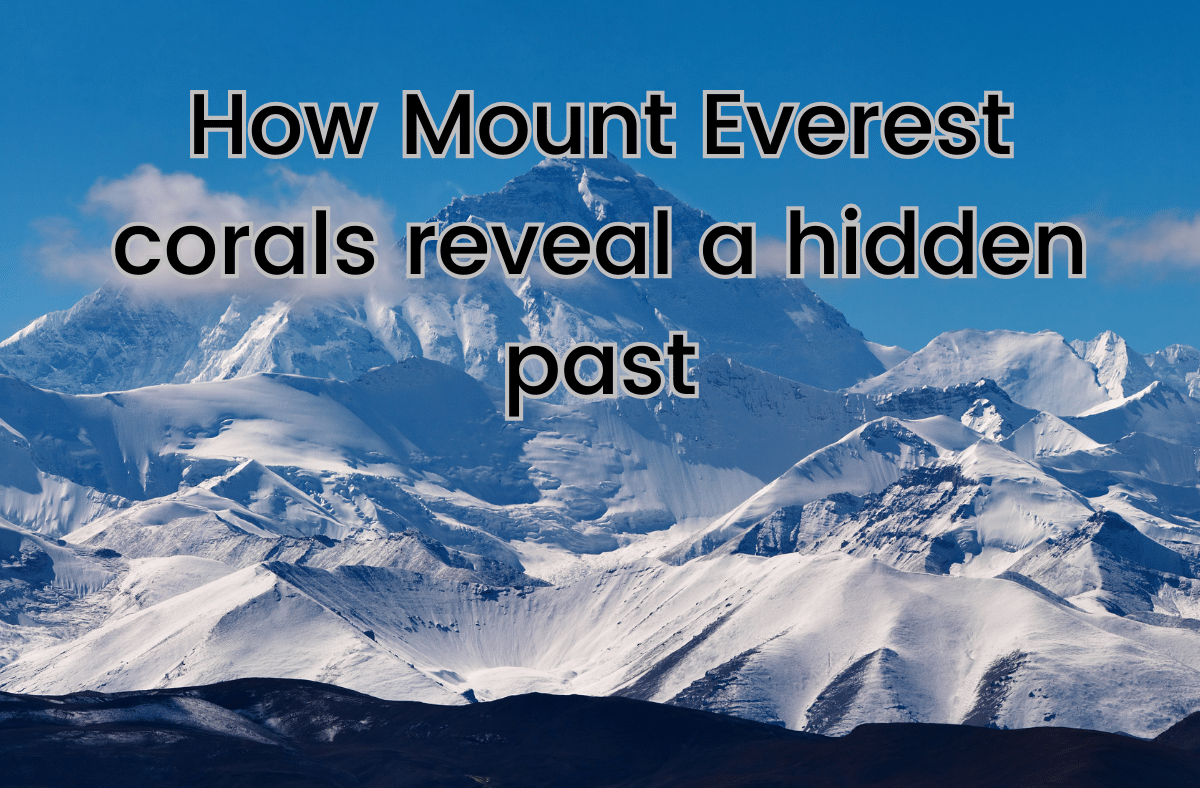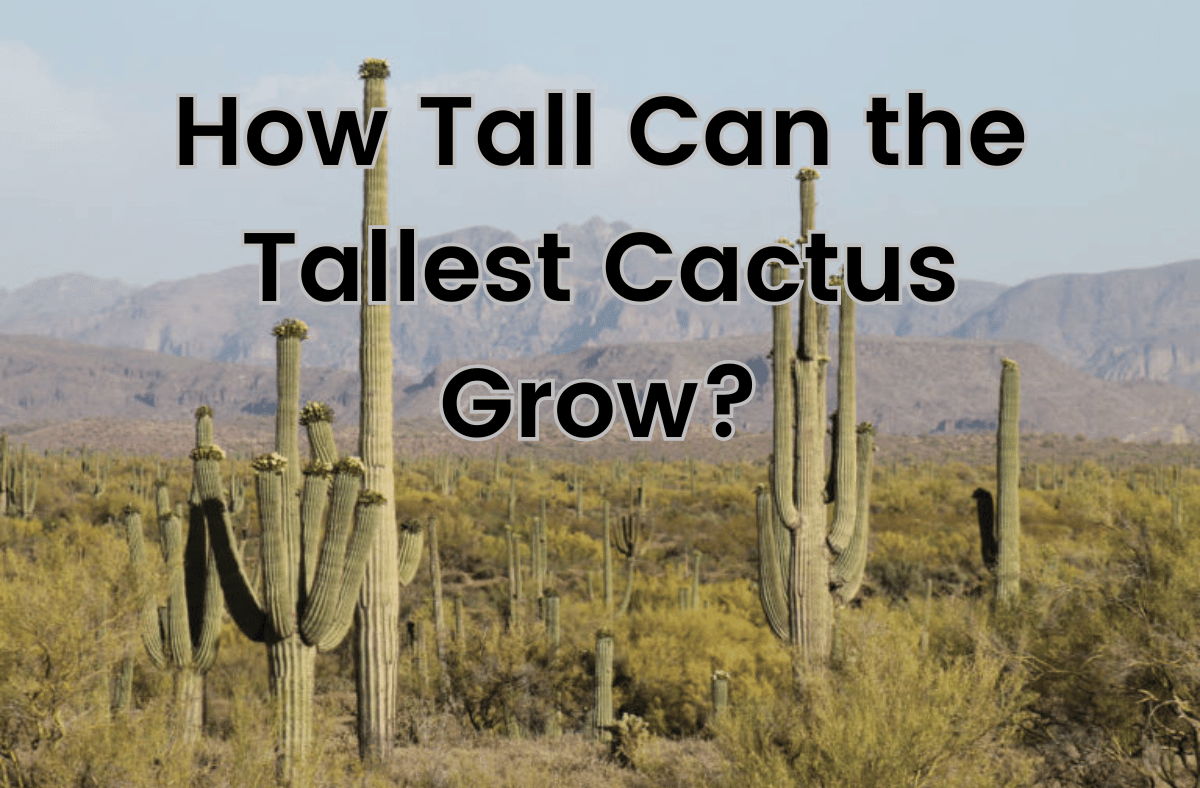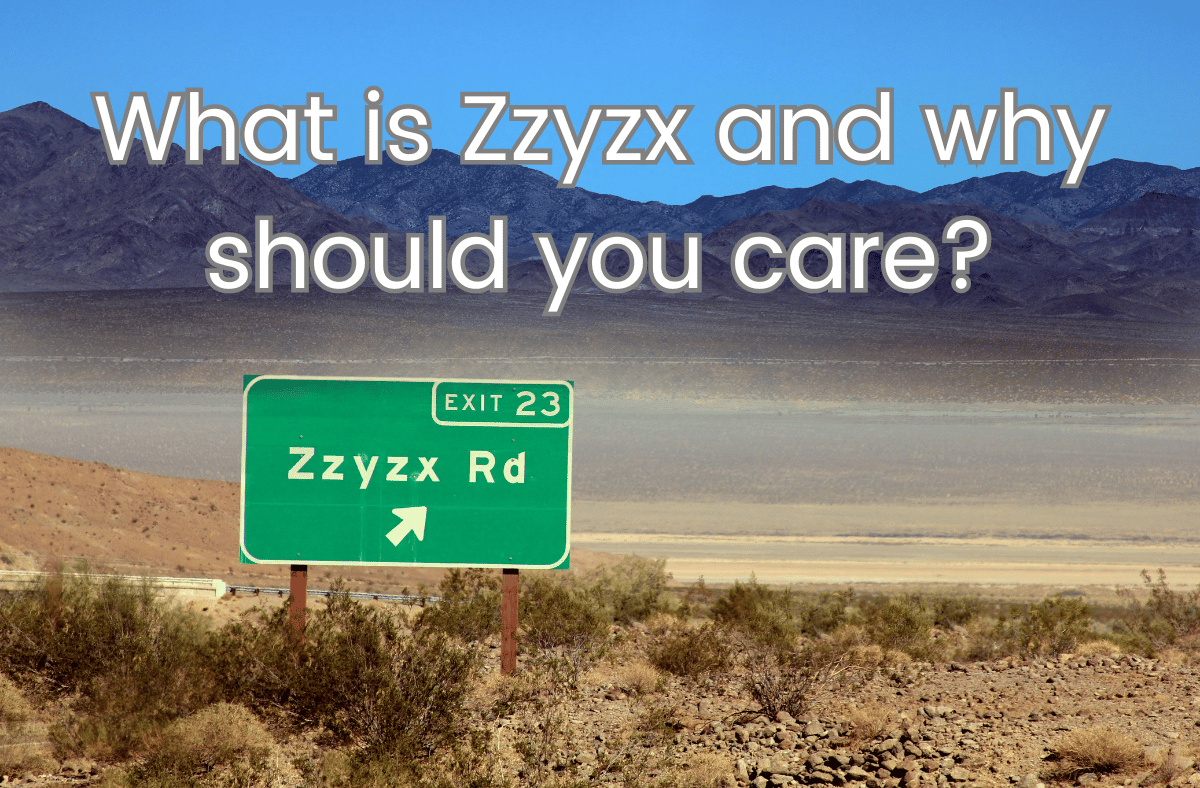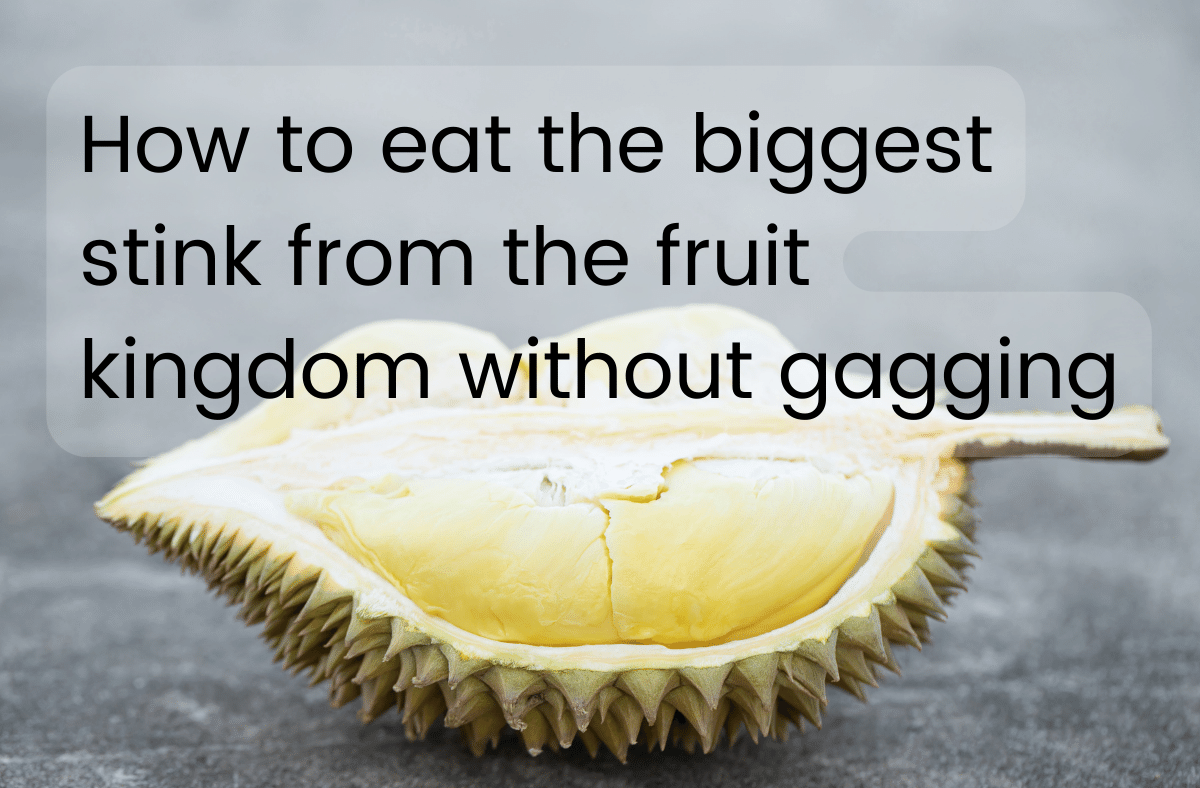For those in a hurry:
- Mount Everest was once part of the Tethys Sea, a vast ocean that separated India and Eurasia.
- About 50 million years ago, India collided with Eurasia, creating the Himalayas and lifting the sea floor to the sky.
- Some of the fossils and rocks on Mount Everest are evidence of the ancient marine life that lived in the Tethys Sea.
- You can find coral, sea lilies, and other marine fossils among the rocks on Mount Everest.
- These fossils are a reminder of how Earth’s history and geology shape its present and future.
Mount Everest Corals: A Journey from Sea to Sky
Mount Everest is the highest mountain in the world, reaching 8,848 meters above sea level. But did you know that it was once part of an ocean? That’s right, some of the rocks and fossils on Mount Everest are remnants of the ancient marine life that thrived in the Tethys Sea, a vast ocean that existed between India and Eurasia millions of years ago.
How the Tethys Sea Became the Himalayas
The Tethys Sea was formed about 250 million years ago, when the supercontinent Pangaea broke apart. It stretched from the Mediterranean to the Pacific, covering much of Asia. India was a large island that drifted northward across the Tethys Sea, moving at a rate of about 15 centimeters per year.
About 50 million years ago, India collided with Eurasia, creating one of the most dramatic events in Earth’s history. The impact was so powerful that it crumpled and uplifted the sea floor, forming the Himalayan mountain range. The collision also closed off the Tethys Sea, leaving behind smaller basins such as the Mediterranean and the Arabian Sea.
What Fossils Can Tell Us About Mount Everest’s Past
The collision between India and Eurasia not only changed the shape of the continents, but also preserved some of the marine life that lived in the Tethys Sea. Some of the fossils and rocks on Mount Everest are evidence of this ancient ocean.
One of the most surprising fossils you can find on Mount Everest is coral. Coral is a type of animal that builds hard skeletons out of calcium carbonate. Coral reefs are home to many other marine species, such as fish, crabs, and starfish. Coral fossils on Mount Everest indicate that the mountain was once a warm and shallow sea, where coral reefs flourished.
Another fossil you can find on Mount Everest is sea lily. Sea lilies are not plants, but animals related to starfish and sea urchins. They have long stalks and feathery arms that filter food from the water. Sea lilies live in deep and cold waters, where they attach themselves to rocks or other surfaces. Sea lily fossils on Mount Everest suggest that the mountain was also a deep and cold sea, where sea lilies thrived.
Why Mount Everest Corals Matter Today
The fossils and rocks on Mount Everest are not only fascinating relics of the past, but also important clues for understanding the present and future of our planet. They tell us how Earth’s surface changes over time, due to plate tectonics, climate change, erosion, and other factors. They also tell us how life adapts to different environments, from warm and shallow seas to cold and high mountains.
Mount Everest corals are a reminder of how Earth’s history and geology shape its present and future. They are also a reminder of how fragile and precious life is on our planet. As we explore and protect our natural wonders, we should also respect and appreciate their origins and meanings.






















